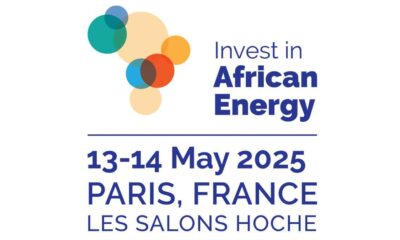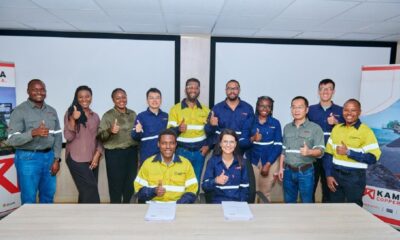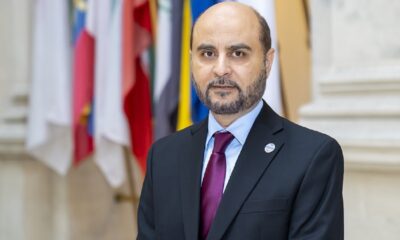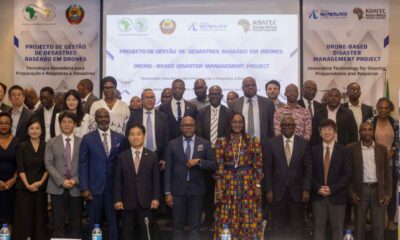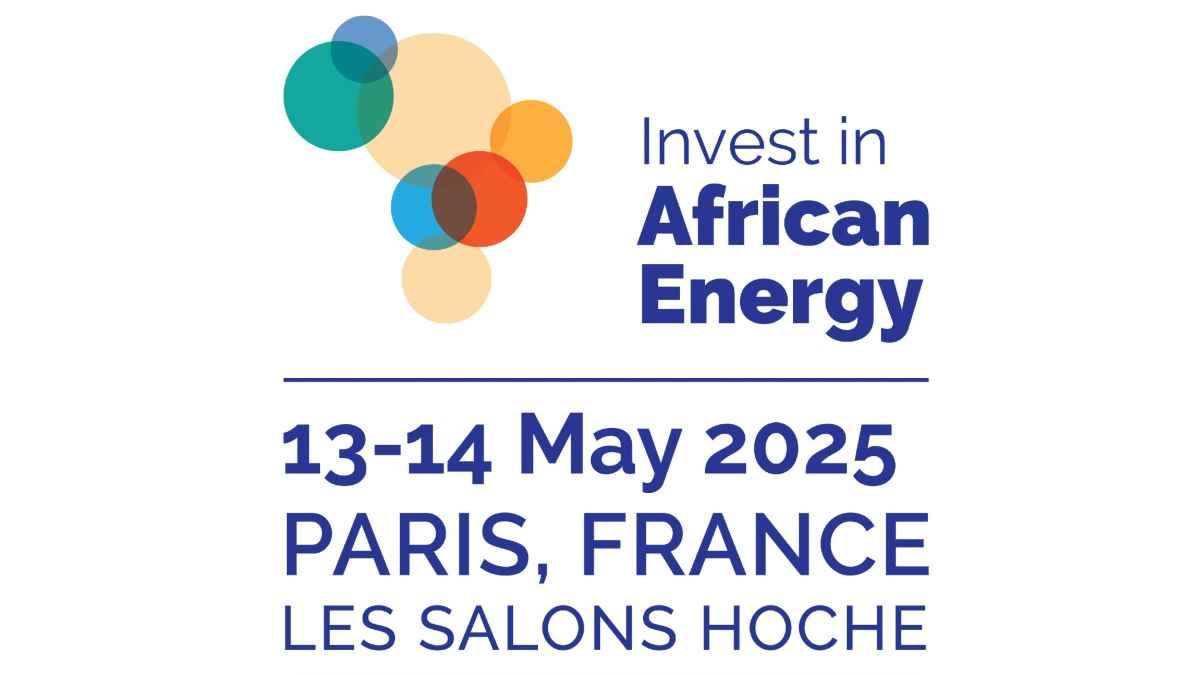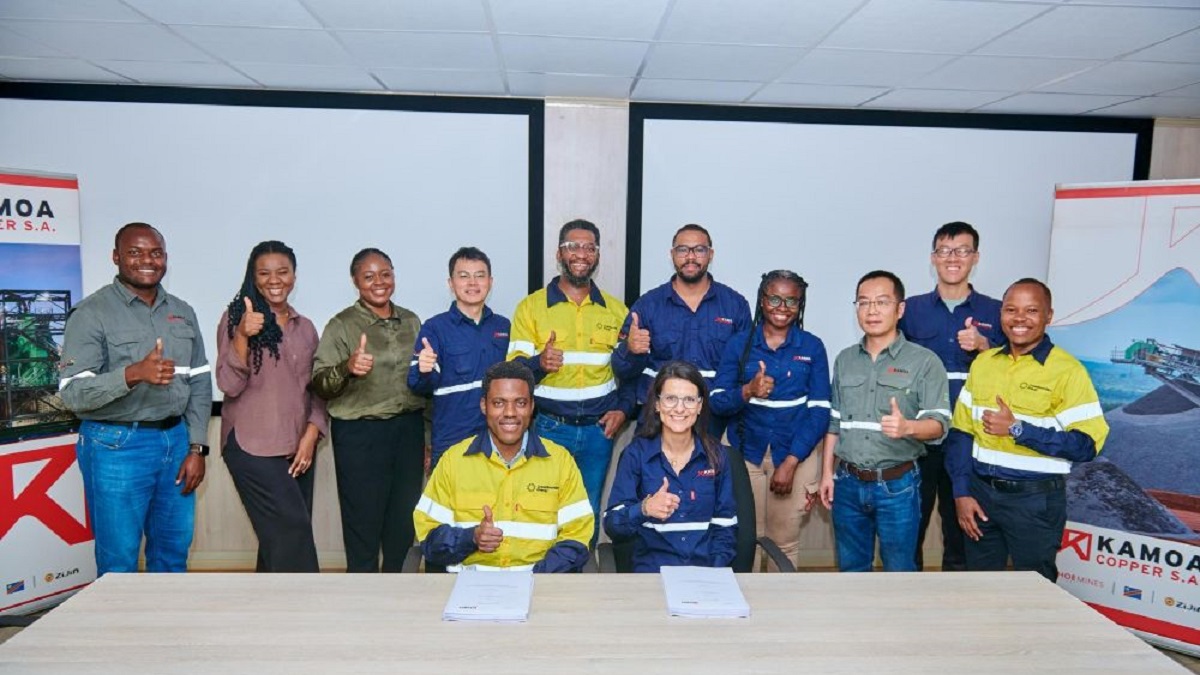Capex trends all demonstrate that investors won’t limit themselves to mature fields: Eyes are on fresh locations, fresh facilities, and fresh opportunities in Africa
JOHANNESBURG, South Africa, December 16, 2024/APO Group/ —
By NJ Ayuk, Executive Chairman, African Energy Chamber (https://EnergyChamber.org/).
I’ve said for years that African energy is a vital investment. Backers clearly agree — to the tune of USD47 billion. That’s how much capital expenditure (capex) 2024 saw in African oil and gas, showing a 23% increase from last year. Better yet, we expect growth to continue through the end of the decade.
This capex activity is a welcome sign that energy majors are deepening their long-term interests in Africa. And as our 2025 State of African Energy report details, their momentum has created unique opportunities for local communities, indigenous companies, and national oil companies (NOCs) from other continents.
Emerging Players
While the majority of 2024’s capex was driven by established producers like Angola and Nigeria, emerging players are making noise in the industry. Take Senegal, which saw its first offshore oil production this year. Ghana, following a five-year slump, increased oil output during 2024 by 10% and gas output by 7%.
Exploration hotspot Namibia also deserves a special mention: The Southern African nation aims todrill over 12 offshore wells next year, begin production by 2029, and become one of the top-five African producers by the 2030s. Good work for a nation that only discovered its enormous reserves in 2022! I frequently cite Namibia because it proves that a complete newcomer can attract serious foreign investment with smart, swift policy changes — and poise itself to shake up the energy industry.
Increased Exploration
An exciting question remains: Just where will we find the next Namibia? Thanks to a resurgence in exploration, another hotspot may be around the corner. There were 1,060 wells drilled in Africa this year — more than any time since 2015. Africa has also become a global leader in drilling high-impact wells, which have the potential to significantly increase overall reserves. That strategy is already paying off: Notable 2024 finds include Namibia’s Mopane complex, which holds approximately 10 billion barrel of oil equivalent (boe) – “one of the world’s largest offshore finds,” according to Offshore Magazine. Even while global exploration as a whole remains stagnant, Africa is stepping up to meet growing energy demands.
When exploration is successful, new fields follow. We also expect to see African greenfield spending exceed brownfield by 10% by 2030. These capex trends all demonstrate that investors won’t limit themselves to mature fields: Eyes are on fresh locations, fresh facilities, and fresh opportunities in Africa.
A Gas Future
As we highlight in our 2025 report, one of those opportunities is natural gas. Africa holds nearly 18 trillion cubic meters of reserves, which will prove essential for a just energy transition as natural gas can provide significant near-term emissions reductions while fostering energy security and economic development. Global demand for this clean-burning resource is also growing, particularly in Asia. That’s why I’m glad to see a greater emphasis on developing natural gas resources. In 2023, capex spending on natural gas was about 30%, but this is projected to grow 10% by 2030. It’s another sign that more investors are thinking in the long term about Africa, and interested in being part of a just energy transition.
Take Senegal, where the Greater Tortue Ahmeyim gas field will begin production next year. A Final Investment Decision is also expected in 2024 on Yakaar-Teranga. The West African nation is another fantastic example of how operator-friendly policies, political stability, and vast reserves can attract significant foreign investment: I’m excited to see Senegal transform itself from an oil importer to a gas exporter.
I urge all parties to continue building a thriving energy industry that takes Africa – and the world – into the next century
M&A Opportunity
The past year saw a huge increase in divestment by O&G majors: Large IOCs are aggressively streamlining their African portfolios. As a rule, they’re selling mature, high-emission, and high-cost assets. While large divestments often signal trouble, they’re actually creating some promising changes for African O&G.
For one, Asian and Middle Eastern nations are purchasing more assets: Dubai, Qatar, the U.A.E., Malaysia, and Chinese NOCs acquired stakes in Egypt, Mozambique, Namibia, Kenya, and South Africa this year. As global demand for energy grows, particularly in Asia, I’m glad to see these nations looking to Africa for long-term solutions.
Foreign divestment also matters because it’s creating opportunities for indigenous companies. Thanks to a recent Shell acquisition, Aradel Holdings became Nigeria’s most valuable oil company (https://apo-opa.co/3ZVzGwh). In Angola, IOC Afentra has acquired Azule’s (a joint BP and Eni venture) assets and plans to dramatically increase the nation’s overall output.
“Having the big players sell to independents is the future,” oil trader Trafigura said in a statement.
It’s a promising pattern: Majors sell off mature assets and use the capital to invest in fresh fields and facilities. Independent foreign or indigenous companies use their acquired assets to expand but are spared the expense of building facilities from the ground up. These smaller companies are also strongly motivated to further develop and reduce emissions from these existing fields — an environmental and financial win for everyone.
The Angolan government clearly agrees, encouraging regional players with tax incentives and reduced government profit shares. It will be truly fascinating to watch this industry shakeup in Nigeria and Angola, which have been dominated for decades by majors.
It’s no secret that Africa needs O&G majors to stay: They drill over half of our exploration wells and hold a quarter of the continent’s equity production. However, I’m thrilled to see indigenous companies growing and harnessing these assets to their fullest extent.
Conclusion
Just what prompted this surge in African capex? A great deal of credit goes to common sense policy changes in nations such as Namibia, Senegal, Mauritania, Egypt, and Angola. We can also point out that the COVID-19 pandemic artificially slowed capex for several years, so an uptick was inevitable once the world opened up again.
However, I believe a lot of it comes down to economic reality: Global energy needs are rising. Africa has vast, untapped resources. I urge all parties to continue building a thriving energy industry that takes Africa – and the world – into the next century.
For further insights, check out our 2025 State of African Energy report here (https://apo-opa.co/3ZHldTr).
Distributed by APO Group on behalf of African Energy Chamber.


 Business3 days ago
Business3 days ago
 Business3 days ago
Business3 days ago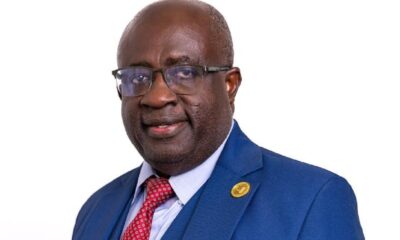
 Business3 days ago
Business3 days ago
 Business4 days ago
Business4 days ago
 Business3 days ago
Business3 days ago
 Business3 days ago
Business3 days ago
 Business4 days ago
Business4 days ago
 Business4 days ago
Business4 days ago
